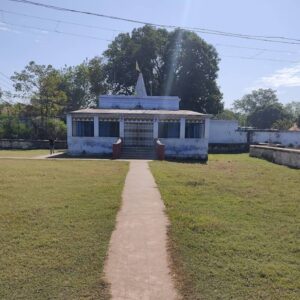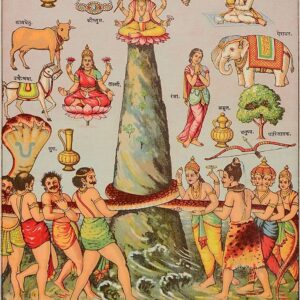The twelve noble tribes of Croatia (Latin: nobiles duodecim generationum regni Croatie), also known as twelve noble families of Croatia, was a medieval institution of nobility, alliance, or narrow noble community in the Kingdom of Croatia, which can be traced back at least to the 14th century, while the first mention of the institution was in the Pacta conventa document, which is supposedly a later copy of the original from 1102.
Regardless of possible earlier references, the first verifiable mention dates from 1350, while the last from 1459. It is considered that by socio-economic power it was composed of lower and middle nobility, which had a privilege of retain and use of heirdom, tax exemption, and limited military obligations to the king. The twelve tribes are Čudomirić, Gusić, Kačić, Kukar, Jamomet, Lasničić, Lapčan and Karinjan, Mogorović, Poletčić, Snačić, Šubić, and Tugomirić.
The twelve tribes
The tribes and their territories were located to the Kupa river in the North, West alongside Gvozd Mountain to Kvarner Gulf, going South until the Cetina river with the exception of Kačić family which went until Neretva river, and East-North into inland until Una river.
Klaić considered that all families originated in the former Lučka županija with which disputed their legitimacy for representation of all Croatia, but Hauptmann and Josip Lučić opposed such claims as there’s no evidence on the relationship of the županija and several families. Raukar, citing Barada and Klaić, also considered that wide Zadar-Biograd na Moru hinterland and Lučka županija (centered in Ostrovica Fortress and located in 14th century between Lička county in Northwest, Kninska in Northeast, Dridska and Primorska in the South) were the origin place of the tribes. Ivan Majnarić noted that Mogorović, Snačić, Tugomirić, Gusić, Lapčan, and Poletčić tribe do not support such an exclusive connection to Lučka županija, and that until today the localization has not been resolved. According to Raukar, already from the second half of the 12th century they started moving to near areas and cities, especially city of Zadar. In the first half of the 13th century, some members of the tribes lost the status and became serfs of Zadar monasteries, while in the first half of the 15th century Karinjan, Mogorović, and Šubić-Marković families sold some of their heritage estates to citizens of Zadar. It is considered that votive church and patron saint similar to slava, of Mogorović, Kačić, and Lapčan tribes was Saint John, while of Šubić was Saint Mary, Saint John and Saint George. In the seat of Jamomet tribe was also a church of St. George.
Čudomirić
Gusić
Kačić
Kukar
Jamomet
Lasničić
Lapčan and Karinjan
Mogorović
Poletčić
Snačić
Šubić
Tugomirić












Reviews
There are no reviews yet